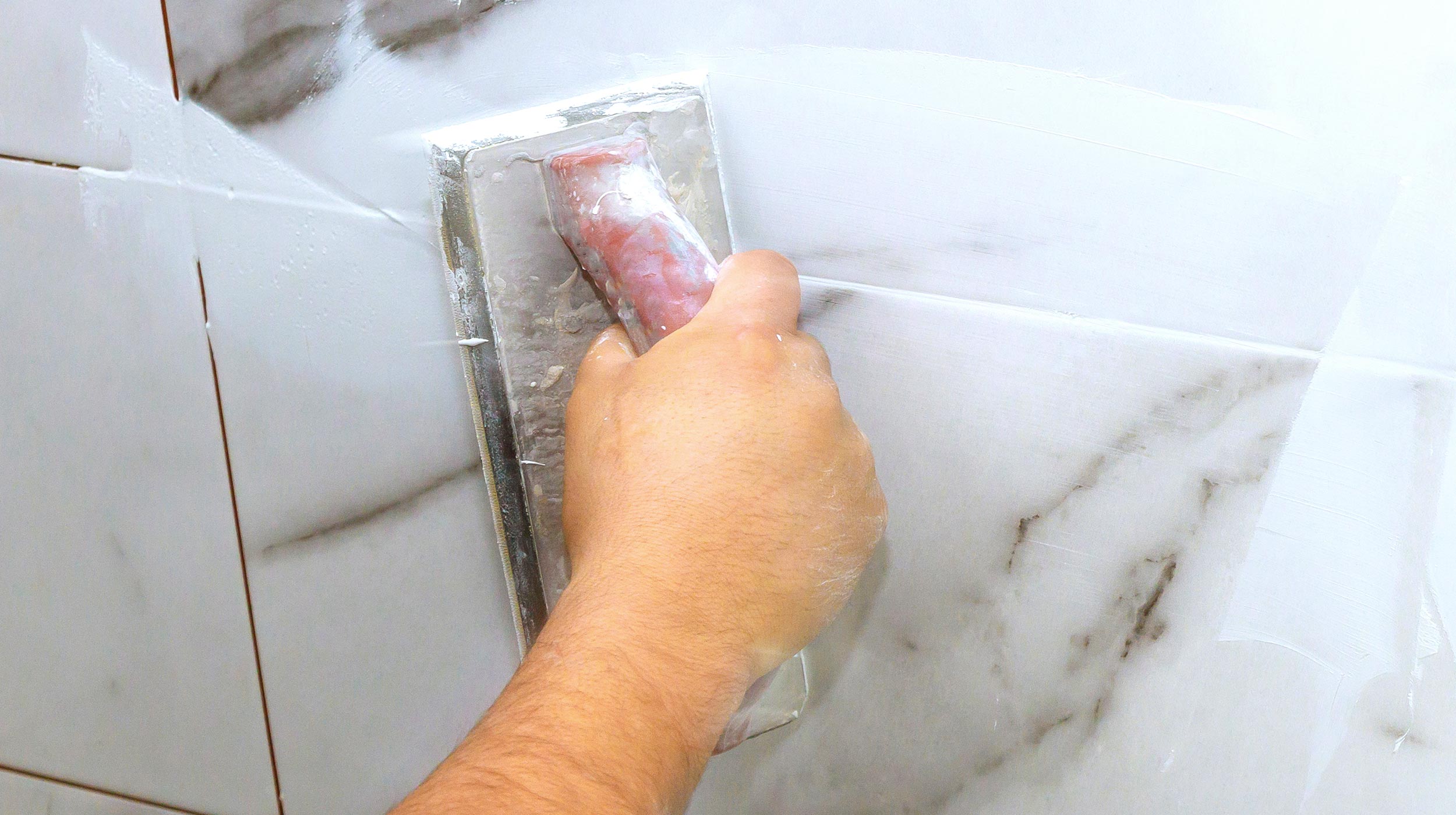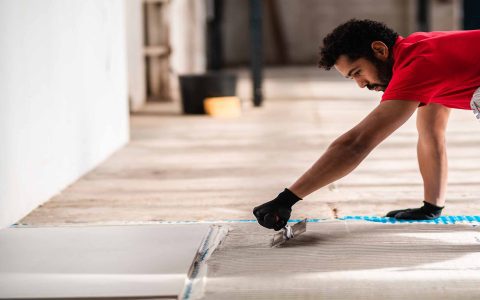Grout curing is the chemical process through which grout hardens and reaches its maximum strength and water resistance. This is distinct from simply being dry to the touch.
Factors Influencing Grout Cure Time
- Grout Type: Cementitious, epoxy, and pre-mixed grouts have different curing profiles.
- Environmental Conditions: Ambient temperature, humidity, and air circulation play crucial roles. Optimal conditions are generally moderate temperatures (around 70°F/21°C) and humidity. Extremes can slow down or impair curing.
- Substrate Moisture: Excess moisture in the installation bed or tiles can prolong curing.
- Grout Joint Width and Depth: Larger joints may take longer to cure fully.
Typical Cure Timeframes
These are general guidelines; always consult the manufacturer's product-specific instructions as cure times can vary significantly between brands and product lines.
- Cement-Based Grout (Sanded & Unsanded):
- Initial Set (Dry enough for light foot traffic): Typically 24-72 hours. Unsanded grout may reach this stage slightly faster (e.g., 24-48 hours) compared to sanded grout (e.g., 48-72 hours).
- Full Cure (Ready for regular water exposure and optimal hardness): Generally 3 to 7 days. However, for complete chemical curing, especially before applying penetrating sealers, many manufacturers recommend waiting up to 28 days.
- Epoxy Grout: Cures more quickly and through a different chemical reaction. Often achieves full strength and water resistance within 24-72 hours. Manufacturer specifications are critical.
- Pre-Mixed Grouts (e.g., Urethane, Single-Component): Cure times vary widely by formulation. They often rely on evaporation. Refer strictly to the product data sheet; some may take 3-7 days or longer for full cure.
During the Curing Period
- Protect from Moisture: Avoid direct water contact (e.g., showers, spills, wet cleaning) for at least 72 hours for most cementitious grouts, or as specified by the manufacturer. Premature water exposure can weaken the grout or cause discoloration.
- Limit Traffic and Stress: Minimize heavy use, vibration, or stress on the grouted area until sufficiently cured.
- Ventilation: Ensure good, but not excessive, air circulation. Avoid strong direct drafts on fresh cementitious grout as it can cause rapid drying and weaken it.
- Sealing: If a topical or penetrating sealer is to be applied to cementitious grout, wait until the grout is fully cured according to the grout manufacturer's recommendation, not just the sealer's minimum wait time.
The manufacturer's technical data sheet for your specific grout product provides the most accurate and reliable curing information. Always prioritize this guidance over general estimates.











